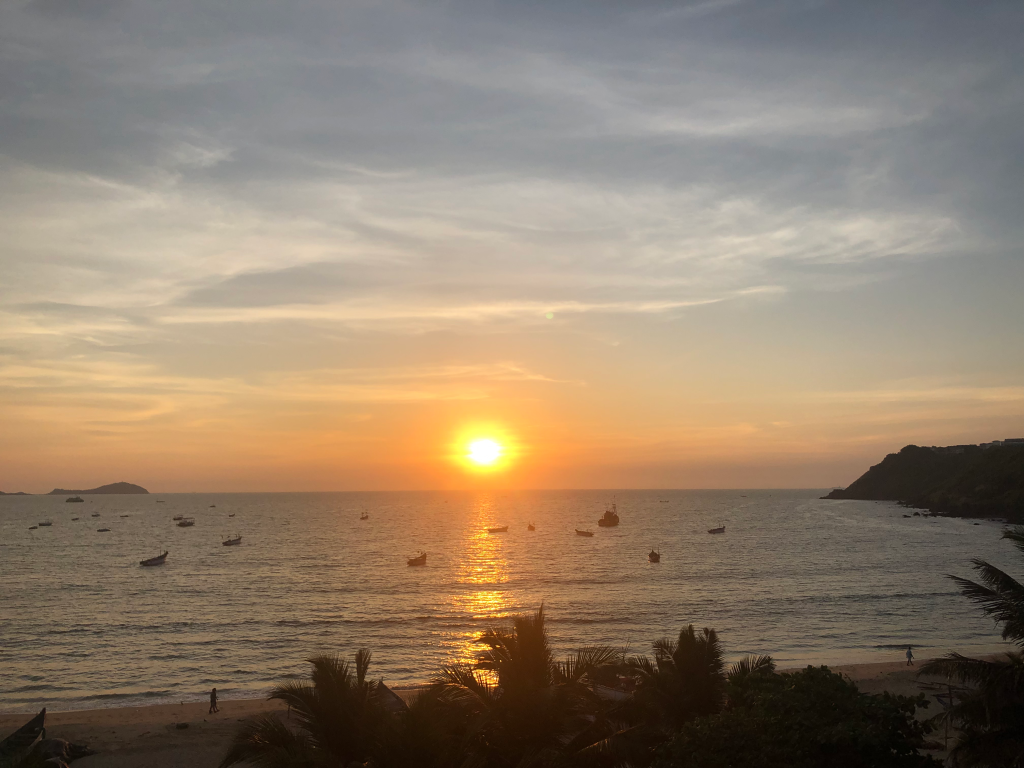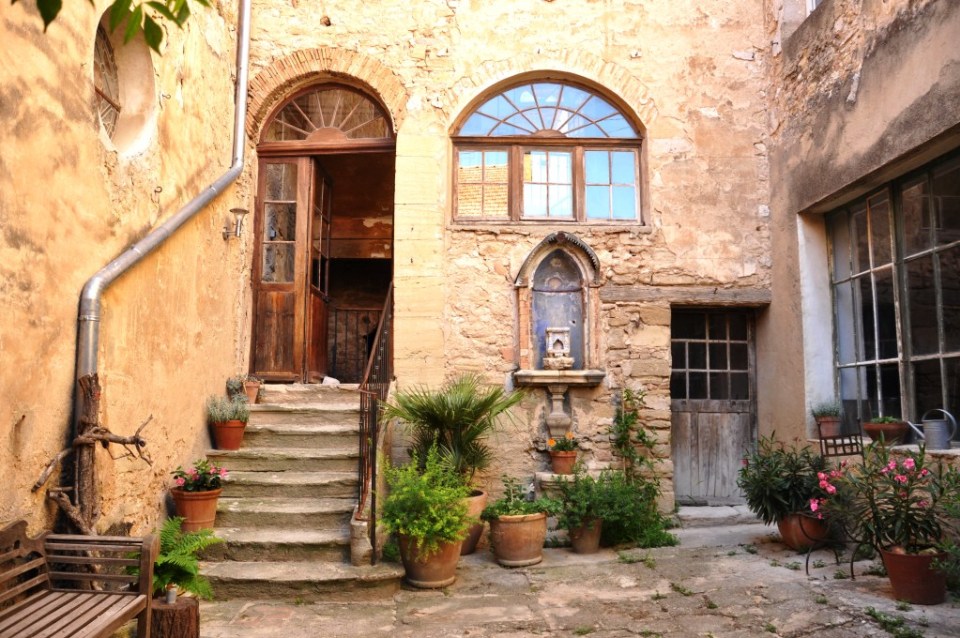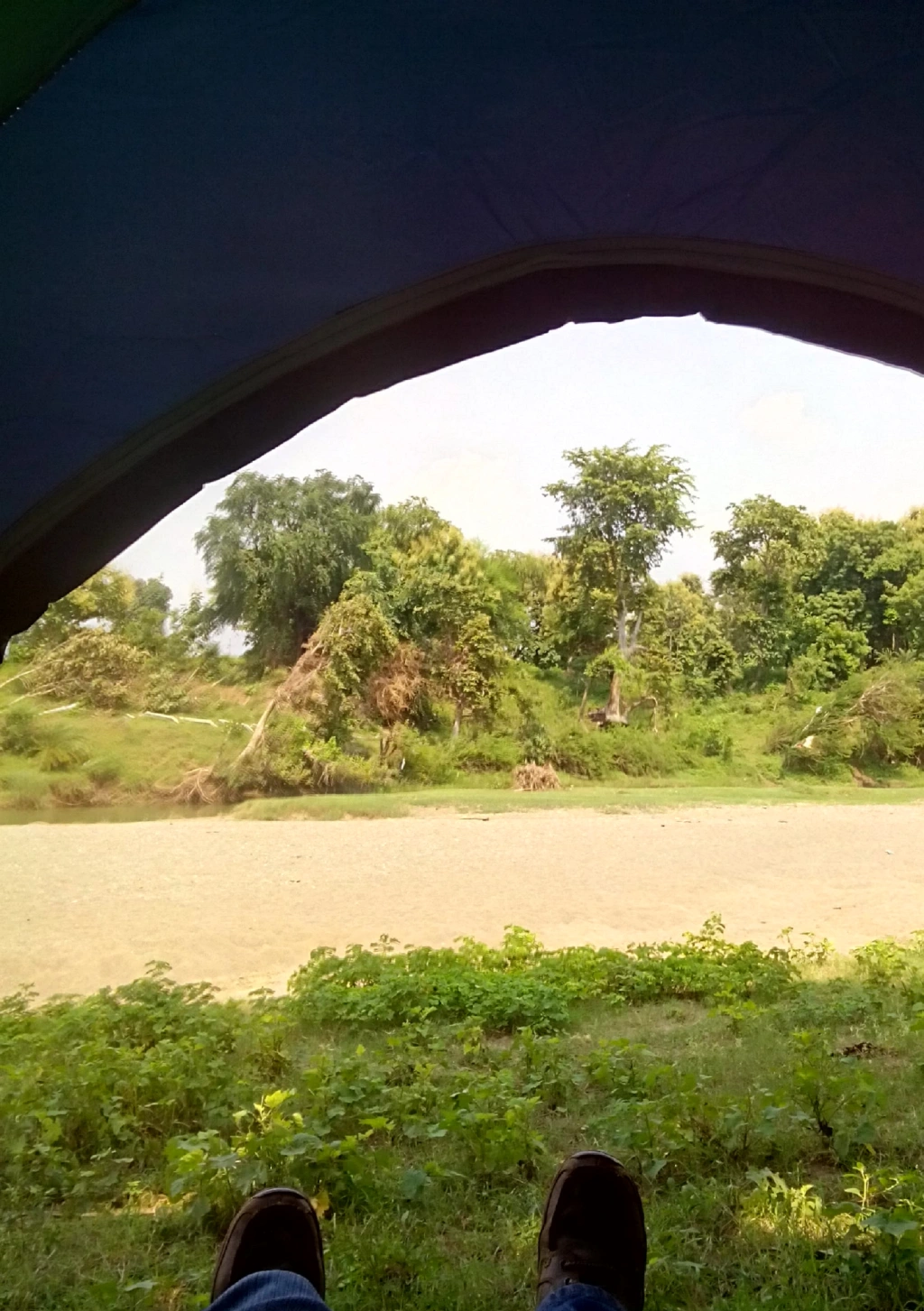 Often intrigued by the bunch of codes on your train ticket. Lets try and find out what each of them mean so that next time you can brag about your wisdom to your fellow passengers.
Often intrigued by the bunch of codes on your train ticket. Lets try and find out what each of them mean so that next time you can brag about your wisdom to your fellow passengers.
Brief About Indian Railways:
The history of Indian Railways dates back to the year 1853, the first train started from Bombay (then) to Thane. Today, it is one of the world’s largest railway networks comprising 115,000 km (71,000 mi) of track over a route of 65,000 km (40,000 mi) and 7,500 stations. In 2011, IR carried over 8,900 million passengers annually or more than 24 million passengers daily (roughly half of which were suburban passengers) and 2.8 million tons of freight daily. In 2011–2012 Indian Railways had revenues of ![]() 1119848.9 million (US$19 billion) which consists of
1119848.9 million (US$19 billion) which consists of ![]() 696759.7 million (US$12 billion) from freight and
696759.7 million (US$12 billion) from freight and ![]() 286455.2 million (US$4.8 billion) from passengers tickets.
286455.2 million (US$4.8 billion) from passengers tickets.
1. So, what is this ‘PNR’ number? What is it doing on my ticket?
PNR or the ‘Passenger Name Record’ is a unique 10-digit code allotted to every passenger booking a ticket through the Indian Railway Reservation System. This recordis stored in the Computer Reservation system (CRS) which is a database of passengers traveling within the network. The concept of PNR was first adopted from the airline industry to exchange reservation information in case passengers required more than one flights to reach from their source to destination.
There is no sacrosanct coding mechanism for the PNR No. The idea is to reserve the information of the passenger through a unique system generated code, which is automatically allotted to the passenger while he makes a booking for his destination.
From a technical point, there are five parts of a PNR required before the booking can be completed. They are:
- The name of the passenger
- Contact details for the travel agent or airline office.
- Ticketing details, either a ticket number or a ticketing time limit.
- Itinerary of at least one segment, which must be the same for all passengers listed.
- Name of the person providing the information or making the booking.

2. What are the various methods of booking ticket in the IRS system?
Both online and offline systems are available. The offline system allows a passenger to book a ticket through a registered agent or directly from the reservation window, whereas the online system allows the passenger to make a booking through the website, http://www.irctc.co.in
3. What is a ‘Tatkal’ ticket?
This facility allows confirmed tickets to passengers on payment of premium on ‘first come first served’ basis in all mail/express trains including Rajadhani, Shatabdi, Jan Shatabdi Express trains. 1AC is not supported by Tatkal bookings. You are required to mention one of the valid identity documents like PAN Card, Aadhar Card, Passport etc. as proof of identity while you board the train with a Tatkalticket.There will be no separate Tatkal train defined. The unutilised quota will get released to waitlisted passengers. In those trains and in those classes where average utilisation of Tatkal accommodation during peak period i.e. April to September is 80% and above. The charges applicable during peak period will be charged throughout the year i.e. for both peak and non-peak periods.
Remember: If you make an online Tatkal reservation and that too is in the waiting list until you board the train, it is automatically considered as cancelled and you are NOT authorized to board the train under such instance. If your ticket does not get confirmed until the last moment, just buy a General ticket and board the train. The seats can be allotted against the Tatkal quota while you are aboard.
4. Why do I always find a waiting list on the online reservation system?
That’s because the online system is mostly agent locked. Between 08:00 am in the morning until 12:00 pm noon, the servers are completely jammed due to agent log ins, and though you may find a seat at that time by stroke of luck, by the time you reach the SSL encryption page to initiate online payment, the site will go down again.
Relax, it opens after this window period, or if you want to be fast enough, log in exactly between 7 am and 8 am. Try that and let me know. It has worked for me till this date. It should work for the rest of you too.. All the best.
5. What is the difference between e-ticket and i-ticket?
There are two modes of online booking available in Indian Railway website. They are I-Ticket and E-Ticket.
I-Ticket
I-Ticket can be purchased online but it is delivered at customer residential address in 2-3 working days. The booking has to be done at least 2 days in advance. These are issued for Waiting List, Confirmed and RAC cases.
I-Tickets are always delivered at customer shipping address provided at the time of customer registration. For any reason if customer is unavailable to collect, then he can authorize another person to collect the ticket on this behalf. In this case a customer is required to provide an authorization letter to the person who is collecting the ticket on this behalf.
E-Ticket
An e-ticket can be booked up to the time of chart preparation for your train. To book an e-ticket on Internet at IRCTC Website you have to enter your ID proof details like PAN Card, Voter’s ID card, Passport, Ration Card, Central/State Govt. ID Card or Driving License. After booking just take a printout of the Electronic Reservation Slip and carry it during travel with the ID proof. While traveling you must carry the electronic reservation slip otherwise you will have to pay a fine of Rs. 50. E-tickets can be cancelled only through internet. Cancellation will be confirmed online and the money will be credited to the same back account. The user can take a printout of the Electronic Registration Slip (ERS)
6. What is an e-wallet mechanism?
E-wallet mechanism is a system which has been introduced by IRCTC off late and is a convenient system to book tickets online. This method is similar to a prepaid mechanism in which a passenger can first open an e-wallet account, allocate certain funds to the e-wallet through online transfer using a credit/debit card, and finally utilize the e-wallet to make reservations. The amount for a reservation is then automatically deducted from the e-wallet.
This system can help customers in lot of ways. One of the examples is to prevent frequent use of credit/ debit cards from insecure servers like net-cafes or open wi-fi systems, where chances of losing out ones vital credit/debit card info is very high. Your credit/debit card info has to be input just once and the e-wallet can then be used for subsequent reservations upon authorization from the website. My recommendation, open one account and use it…
7. Can I book ticket for any location from anywhere?
Yes, in todays internet savvy world, you can book your ticket from anywhere.But if you are tallikg about window ticketing, the answer is again Yes. One can always book a ticket from New Delhi to Chennai from Kolkata.
8. What are the various classes of seats/ berths available through the Indian Railways Reservation system?
| 1A | First class AC: This is the most expensive class, where the fares are almost at par with air fare. There are eight cabins (including two coupes) in the full AC First Class coach and three cabins (including one coupe) in the half AC First Class coach. The coach has an attendant to help the passengers. Bedding is included with the fare in IR. This air conditioned coach is present only on popular routes and can carry 18 passengers (full coach) or 10 passengers (half coach). The sleeper berths are extremely wide and spacious. The coaches are carpeted, have sleeping accommodation and have privacy features like personal coupes. This class is available on broad gauge and metre gauge trains. |
| 2A | AC-Two tier: These air-conditioned coaches have sleeping berths across eight bays. Berths are usually arranged in two tiers in bays of six, four across the width of the coach and two berths longways on the other side of the corridor, with curtains along the gangway or corridor. Bedding is included with the fare. A broad gauge coach can carry 48 passengers (full coach) or 20 passengers (half coach). This class is available on broad gauge and metre gauge trains. |
| FC | First class: Same as 1AC but without air conditioning. No bedding is available in this class. The berths are wide and spacious. There is a coach attendant to help the passengers. This class has been phased out on most of the trains and is rare to find. However narrow gauge trains to hill stations have this class. |
| 3A | AC three tier: Air conditioned coaches with 64 sleeping berths. Berths are usually arranged as in 2AC but with three tiers across the width and two longways as before giving eight bays of eight. They are slightly less well-appointed, usually no reading lights or curtained off gangways. Bedding is included with fare. It carries 64 passengers in broad gauge. This class is available only on broad gauge. |
| 3E | AC three tier (Economy): Air conditioned coaches with sleeping berths, present in Garib Rath Trains. Berths are usually arranged as in 3AC but with three tiers across the width and three longways. They are slightly less well-appointed, usually no reading lights or curtained off gangways. Bedding is not included with fare. |
| CC | AC chair car: An air-conditioned seater coach with a total of five seats in a row used for day travel between cities. |
| EC | Executive class chair car: An air-conditioned coach with large spacious seats and legroom. It has a total of four seats in a row used for day travel between cities. This class of travel is only available on Shatabdi Express trains. |
| SL | Sleeper class: The sleeper class is the most common coach on IR, and usually ten or more coaches could be attached. These are regular sleeping coaches with three berths vertically stacked. In broad gauge, it carries 72 passengers per coach. |
| 2S | Seater class: same as AC Chair car, but with bench style seats and without the air-conditioning. These may be reserved in advance or may be unreserved. |
| UR | Unreserved: The cheapest accommodation. The seats are usually made up of pressed wood in older coaches but cushioned seats are found in new coaches. These coaches are usually over-crowded and a seat is not guaranteed. Tickets are issued in advance for a minimum journey of more than 24 hours. Tickets issued are valid on any train on the same route if boarded within 24 hours of buying the ticket. |
9. What are the various ‘Tourist Trains’ that I can book my ticket in?
- Palace on Wheels is a specially designed luxury tourist train service, frequently hauled by a steam locomotive, for promoting tourism in Rajasthan. The train has a 7 nights & 8 days itinerary, it departs from New Delhi and covers Jaipur,Sawai Madhopur and Chittaurgarh,Udaipur,Jaisalmer,Jodhpur,Bharatpur,Agra, and return to Delhi.
- Royal Rajasthan on Wheels is a luxury tourist train service covers various tourist destinations in Rajasthan. The train takes tourists on a 7-day/8-night tour through Rajasthan. The train starts from New Delhi’s Safdarjung railway station and has stops at Jodhpur, Udaipur and Chittaurgarh, Ranthambore National Park and Jaipur, Khajuraho, Varanasi and Sarnath, Agra and back to Delhi.
- Maharaja Express is a luxury train operated by IRCTC runs on five circuits covering more than 12 destinations across North-West and Central India, mainly centered around Rajasthan between the months of October to April.
- Deccan Odyssey,a luxury tourist train service covers various tourist destinations in Maharashtra and Goa.. The tour starts from Mumbai and covers Jaigad Fort, Ganpatipule and Ratnagiri, Sindhudurg, Tarkarli and Sawantwadi, Goa, Kolhapur and Pune, Aurangabad and Ellora Caves, Nashik and back to Mumbai.
- The Golden Chariot luxury train runs on two circuits Pride of the South and Splendor of the South.






Let’s Connect!!